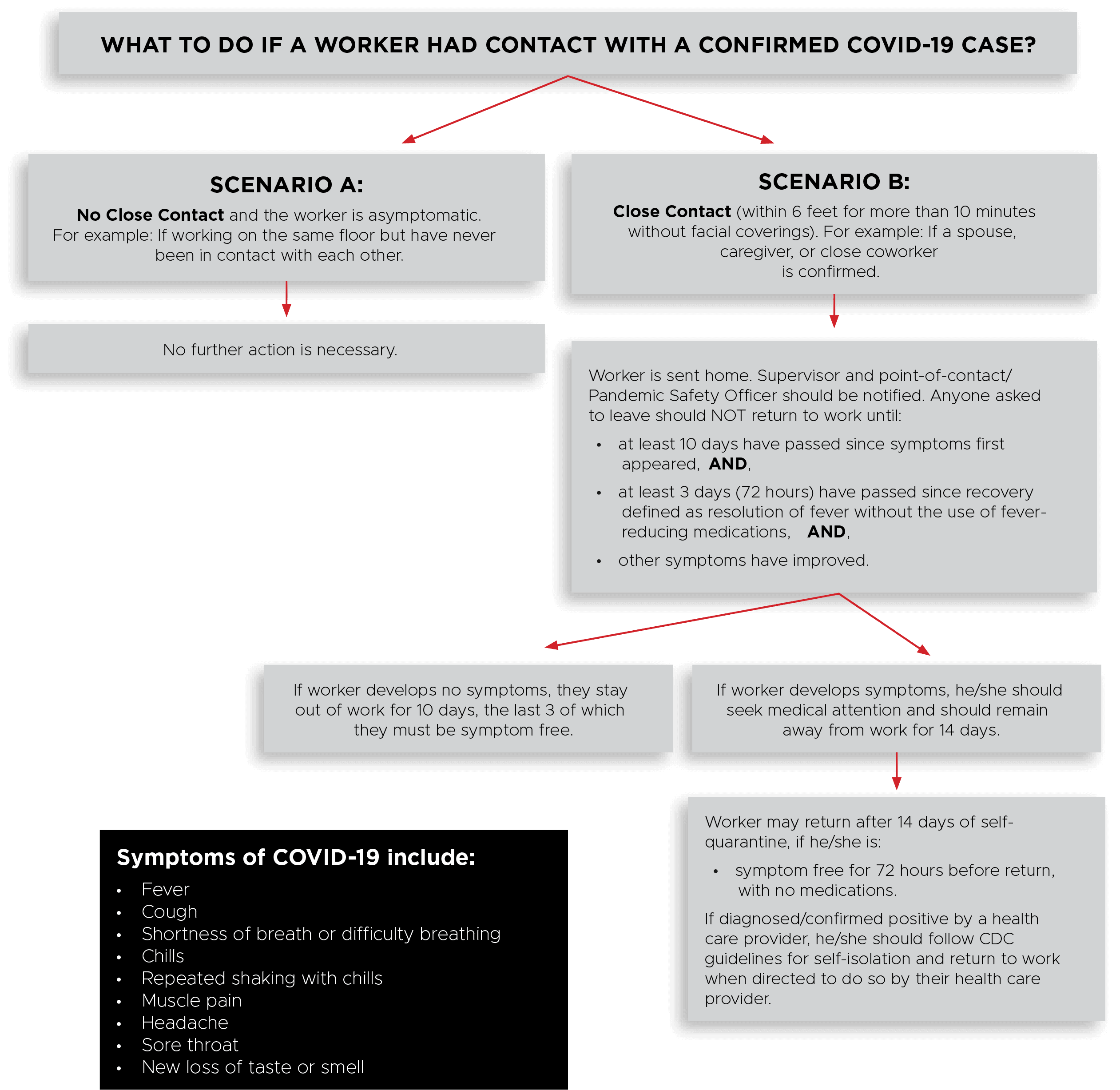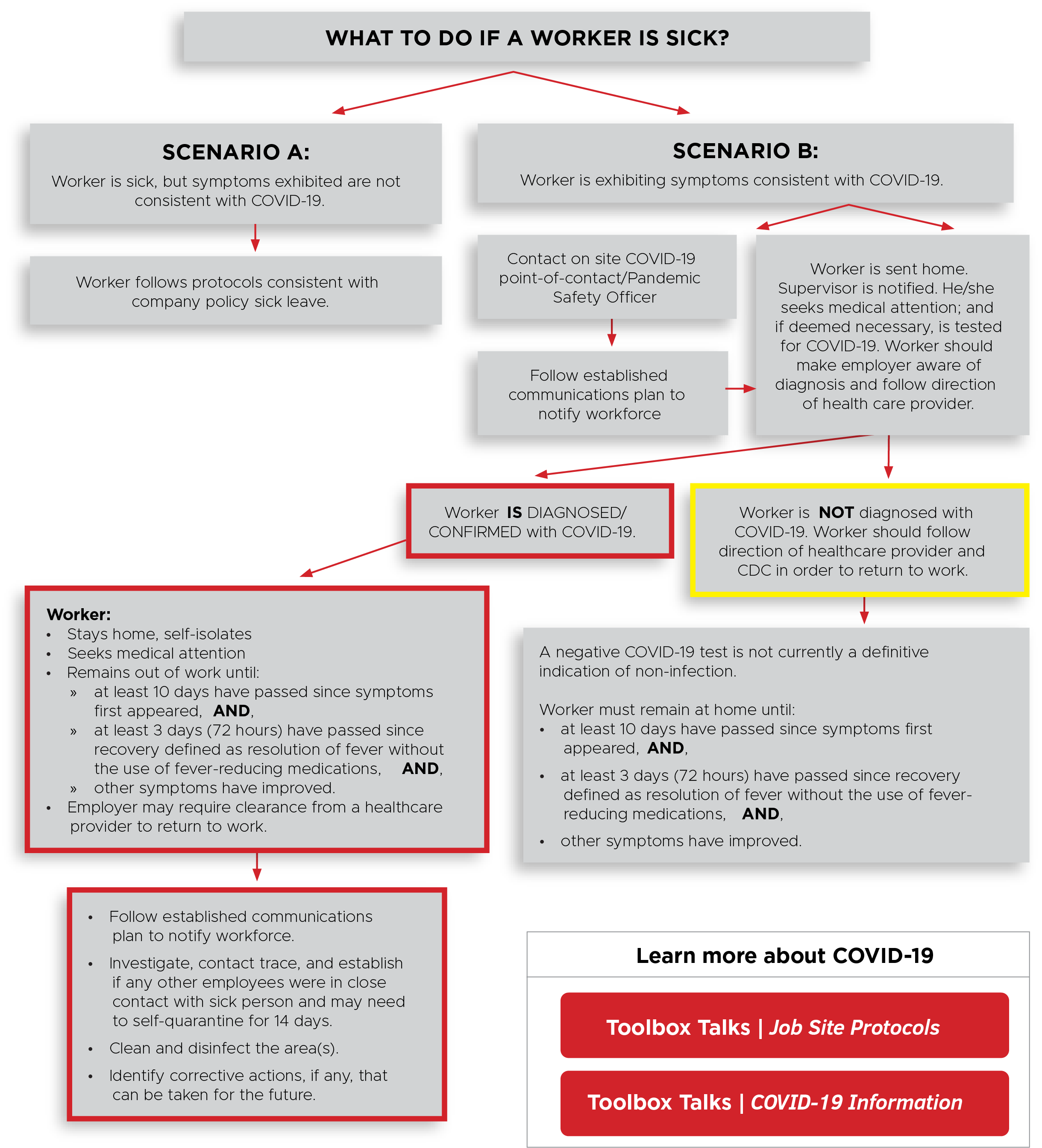BY GREG SASSI | GILBANE BUILDING COMPANY + STEVEN J. SMITH | KASTLE SYSTEMS
As our local and national leaders announced closures in early March, many of us we’re asking the same questions: “How bad is this going to be?”; “How long will it last?”; “What do I need to do differently to make my project safe and secure during the pandemic?”; “Will construction sites ultimately shut down?” Within weeks it was apparent construction would be materially affected and contractors were left scrambling to develop and implement new strategies to mitigate risk and restore safe working environments.
Gilbane’s approach to construction site security begins with a risk assessment to establish objectives for the security planning process. It is imperative to select appropriate security measures to mitigate the risk at each project site since each location poses unique challenges and risks. The goal is to establish measures that will keep our employees and the project safe.
Site security measures are layered. The first layer is an effective perimeter fence. Usually, 8 feet in height, while minimizing gaps between sections/poles and other openings, with clear zones on both sides and top and/or bottom guards. The proper fence is a deterrent and a delay method. Signage, another deterrent, is essential along the fence, providing a warning to potential intruders of the consequences. All signs should be bi-lingual. Gates should be robust and locked when not in use. Turnstiles for personnel access are a preferred option for specific project types and geographies.
Lighting is interconnected with many other security measures, and it is also a deterrent. Crime is less likely to occur in a place where the criminal can be seen. But there is more to lighting than just brilliance. It’s essential to assess temperature/color, uniformity, placement, fixtures, compatibility with security cameras, compliance with local requirements, and more.
Another security challenge faced in construction is tower cranes. Urban climbers, photographers, and many others are lured to cranes for thrill and notoriety. Although thrill seekers have little regard for their safety, Gilbane has established specific safety and security measures to prevent site and crane access. Early detection is an effective tool which provides a faster response and a safer outcome and is an important element needed to detect an intruder when they climb the perimeter fence.
Gilbane’s plan for tower cranes includes signage on the perimeter fence, additional fencing (and lights) around the base of the crane, and motion activated cameras that are monitored 24 hours a day, 7 days a week. Kastle Systems, a nationally recognized analytical detection system, is Gilbane’s preferred partner for our site and crane security. Kastle’s expertise and technology has been beneficial in enhancing Gilbane’s site safety and security on our projects across the United States.
As the construction industry faces its latest challenge with COVID-19, Kastle Systems and its innovation will remain a critical resource for Gilbane, to maintain unparrelled site safety and security for the benefit of our clients, trade contractor partners and the surrounding community.
Kastle’s innovative technology helps contractors better secure their sites and assists in mitigating the inherent risk associated with a construction sites that may experience extended periods of shuttering the project during the Covid-19 crisis. The solution is known as VideoGuarding and uses cameras equipped with an artificial intelligence (AI) layer that transforms a camera into a proactive security solution. When the technology deployed is wrapped with a services layer from a Security Operations Center, a powerful means to detect, deter, and dispatch on vandals and trespassers is created.
VideoGuarding, as its name would imply, essentially replaces the function of a security guard but does it much more effectively and economically. “Smart Cameras” are always watching and survey the camera view for the presence of trespassers or moving vehicles. Once the smart camera identifies a threat, video from the camera is streamed real time to a 24 x 7 staffed operations center. The remote officer validates the threat and can apply live audio talk-down via IP-based speakers strategically placed around the jobsite. The audio talk-down has proven immensely effective in running intruders off jobsites before they can do harm to themselves or the project. Additionally, the remote officer can notify key holders and dispatch local authorities to the site.
According to Smith, Kastle routinely runs trespassers off of jobsites with live audio talk-down. In addition, Kastle’s 24 x 7 US-based operations center has proven exceptionally effective at quickly reacting to threats and apprehending those that aren’t deterred by notifying local authorities of nefarious events in progress. Kastle Systems has a 48-year history of providing electronic security solutions and is the nation’s leader in VideoGuarding with offices and jobsites secured across the US. More information can be found at (https://www.kastle.com/ industries/construction-sites/).
Suggested Response Protocols Flow Chart for COVID-19 Exposures
Originally published in Construction Today Magazine, the official publication of the General Building Contractors Association

